
Did you know that 45 per cent of root crops, fruit and vegetables produced globally is lost or wasted every year?
Here are five of my top tips to help reduce food waste.
Bring limp vegetables back to life
How many times have you left veg in your fridge drawer for so long that it goes soft? Most of us banish limp vegetables to the bin, but you can actually salvage most of it…
You can bring carrots back to life by cutting a bit off the bottom and place upright in a glass of cold water until firmed up. If your carrots are already cut, you can place them in a bowl of cool water.
Leafy greens like lettuce, spinach or bagged salad leaves can easily get wrinkled around the edges, but just place them in a bowl of cool water and they’ll spring back to life.
Trim the bottom off a head of broccoli and pop in a glass of water. If you have cut florets, place in a bowl of water until plumped up and crisp.
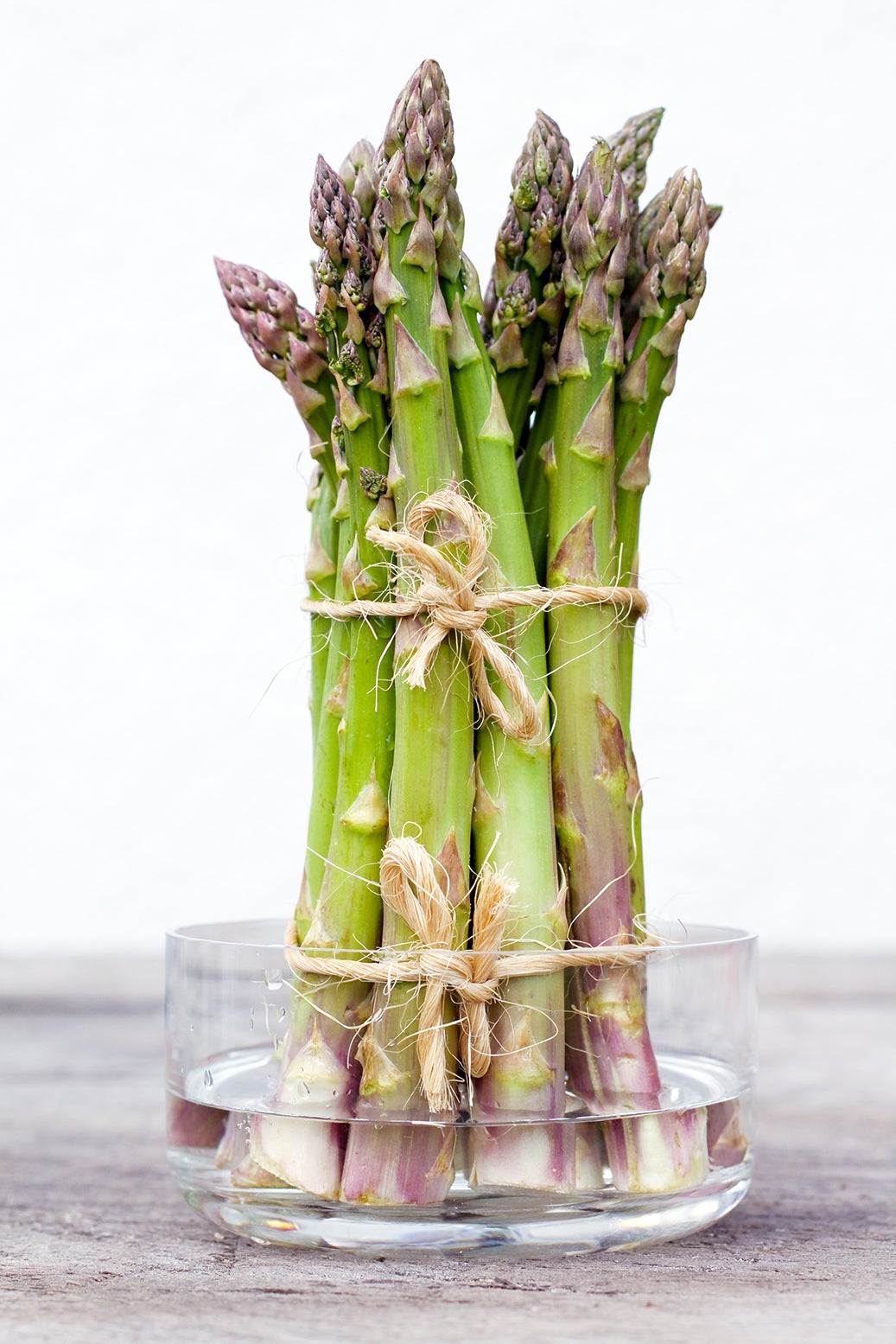
Spring has sprung, and it’s peak season for sweet British asparagus. If your stalks are looking sad, trim the bottoms and place them upright in a glass of water until firm.
Use up your scraps
Once you’ve just finished baking, roasting or frying up a delicious feast, and you’re about to throw away all your leftover food scraps, always take a moment to think about where your waste is going.
Here are a few unexpected scraps that you can use up instead of throwing them away:
Beetroot tops can be used as a substitute for greens, like spinach, swiss chard and bok choy. They can be steamed, sauteed, braised, added to soups, or even eaten raw. Sautee the stems with a little garlic, orange and shallot to enjoy them tender and crispy – the perfect side to go with just about anything. Just make sure to rinse them well and they’re good to go.
How many times have you wished you could eat every single morsel of parmesan attached to that pesky rind? Turns out, you absolutely can. Next time you whip up a batch of soup, layer a parmesan rind on top and watch it melt. This works especially well with French onion soup.
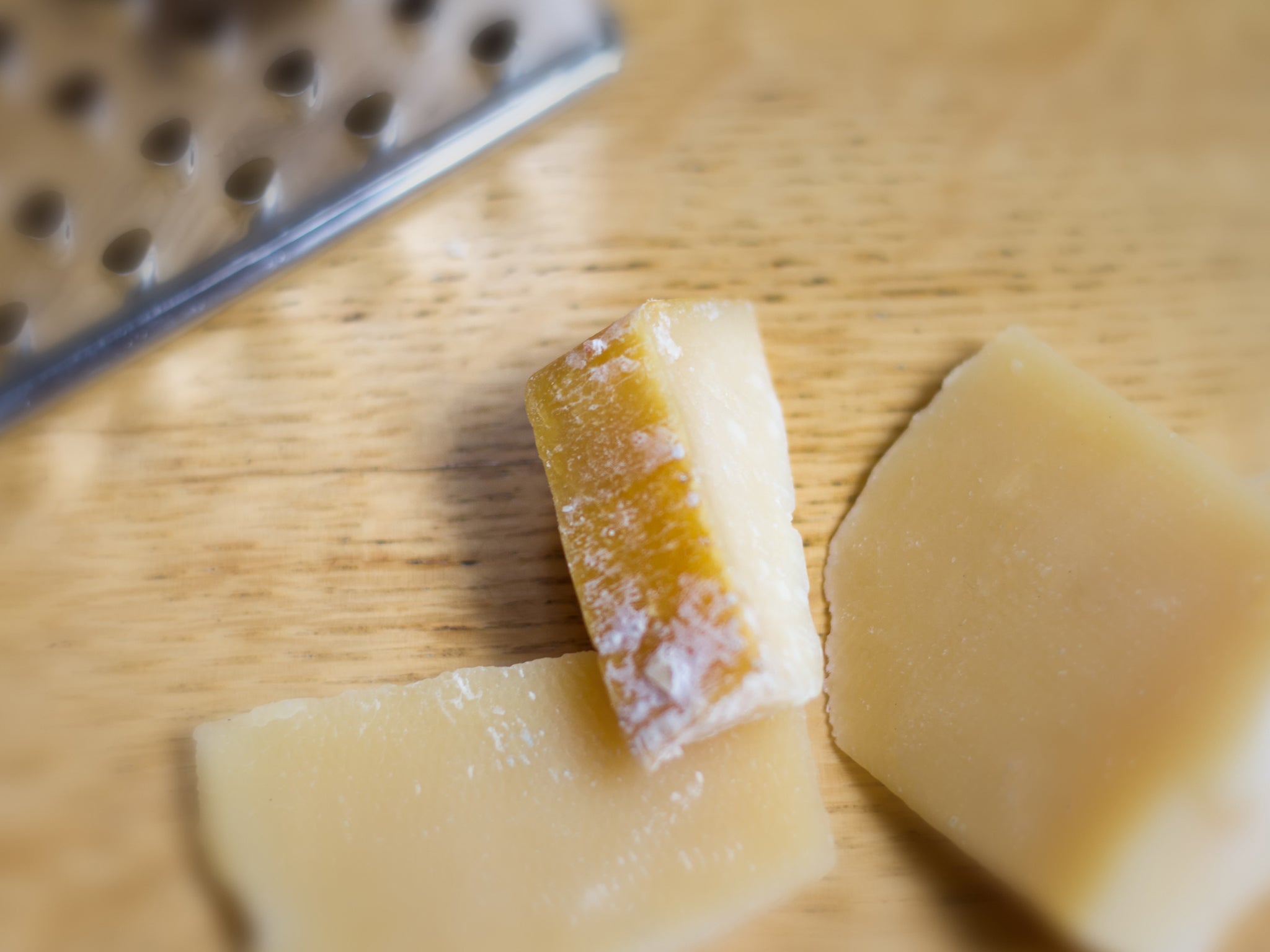
Boiling veg for a roast? Once the veg is suitably tender, drain over a pot and use the green, nutrient-packed water to make your gravy.
Blanch and freeze to keep veg fresh
We’ve all done it – sometimes we over-purchase vegetables and herbs for that one recipe we really want to try out. Just don’t leave the surplus to go off! You can actually store some veg and herbs in the freezer, ready for the next time you need them.
To blanch vegetables, just simmer them in boiling water for a few minutes, and then plunge them into cold water straight away. Once cooled, get rid of any excess water, and pop into a freezer bag for safe keeping! This works perfectly for green veg like beans, asparagus and broccoli.
Sturdier herbs like oregano and rosemary can be frozen whole too. Just chop them up, arrange them in a single layer on a baking tray and pop them in the freezer – they’ll last up to six months once frozen.
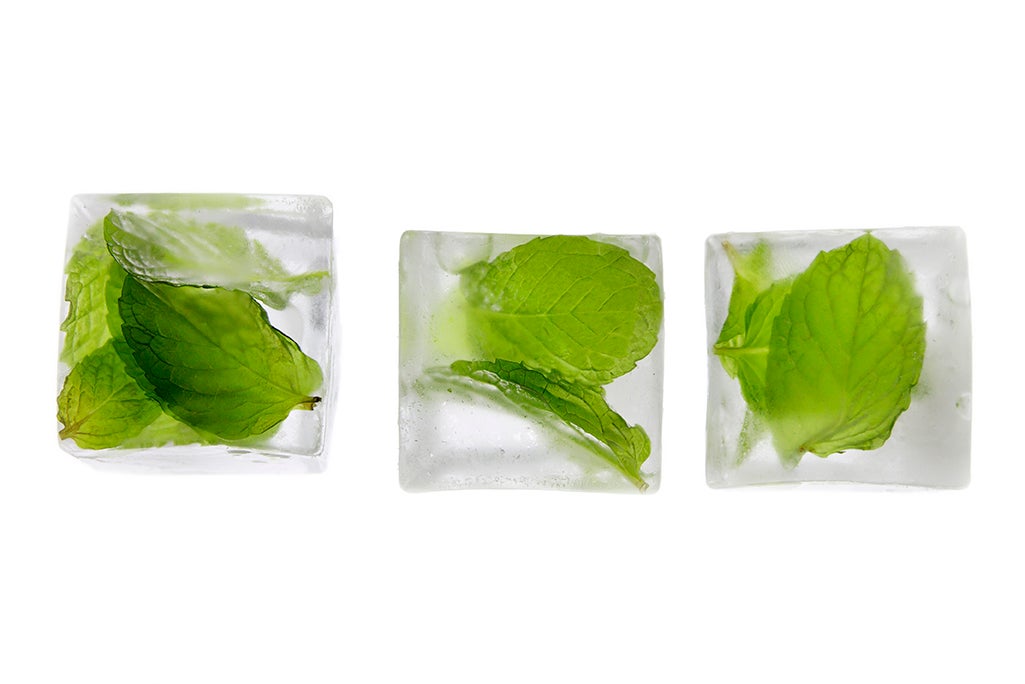
My handy trick for herbs is to chop them up and freeze them into ice cube trays with a little cooking oil or melted butter. Then, when it comes to cooking, you can add the cubes directly to the pan!
Pickle and preserve fruit or veg that’s past its prime
There are plenty of vegetables that you can pickle and preserve once they’re past their best – I love pickling cucumbers in particular! Just cut a cucumber in half lengthways and finely slice, then soak in rice vinegar, sugar and a pinch of salt.
If you’ve got a range of veg left in the bottom of the fridge, why not take inspiration from Italy and try la giardiniera? It’s been a sustainable pantry staple for nonnas up and down the peninsula for generations. Originating from the northern Po Valley, giardiniera was all about locking in the incredible flavour of excess seasonal veg at peak deliciousness so they could be enjoyed year-round.
Making a giardiniera couldn’t be simpler – and it’s the perfect activity for two or to do with kids. It’s fully customisable too – so choose your favourite veg or chop whatever you’ve got hiding in the fridge.
How to make Giardiniera
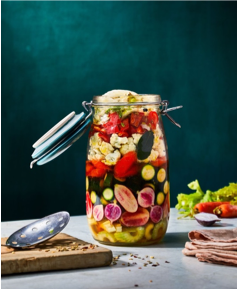
Ingredients:
250g assorted veg (cauliflower, carrots, courgettes, peppers, radishes, peas)
2L sterilised jar
For the pickle brine:
500ml white wine vinegar
500ml water
2 tbsp sugar
2 tbsp salt
1 tsp chilli flakes
1 bay leaf
1 tsp black peppercorns
1 tsp fennel seeds
Method:
1. Combine your brine ingredients in a large saucepan and bring to a boil. Once boiling, turn off the heat and allow to cool slightly.
2. Wash your veg, chop them into bite sized pieces and add to your sterilised jar. Pour over the warm pickle brine and close the lid. Leave to cool before putting them in the fridge.
Your giardiniera will be ready to eat once cool but it’s best left for 24 hours before serving. It’ll keep in the fridge for 3-4 weeks.
Make sure you’re storing fruit and veg properly
Stopping your fresh fruit and veg going bad in the first place is an easy way to reduce food waste. Here are five storage blunders that many of us make in the kitchen:
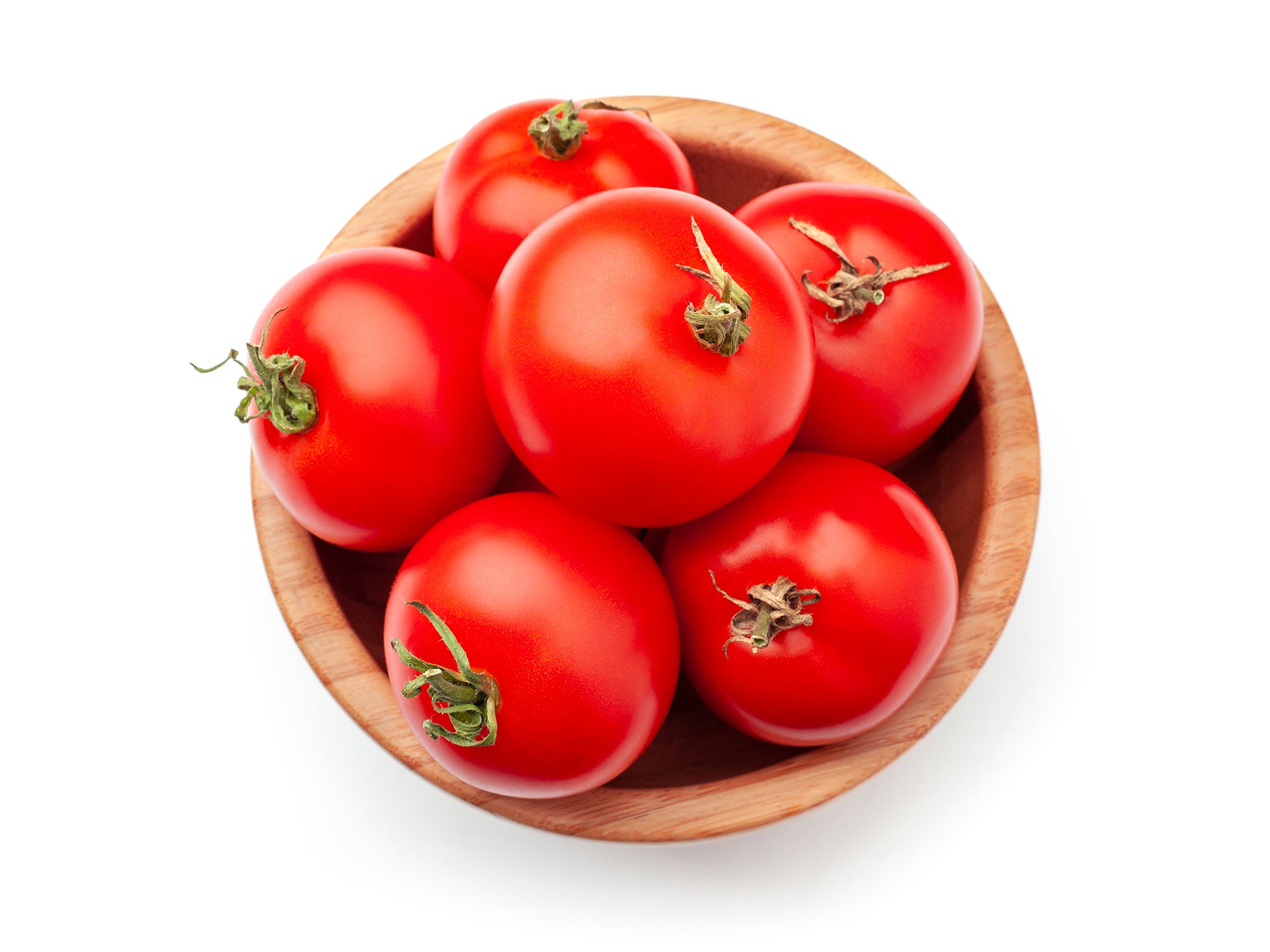
Tomatoes shouldn’t be kept in the fridge! It damages the delicate skin, diluting the delicious taste and causing that floury texture. The best way to store tomatoes is in a fruit bowl at room temperature, but you should eat them as soon as possible for the best flavour.
Potatoes (and sweet potatoes) need to breathe, so it’s best to store them in a cardboard box or paper bag in a cool, dark place. Never in the fridge! And remember that you can still eat them if they’ve started to sprout.
Aubergine lasts much longer at room temperature, out of direct sunlight. The best way to store is in a bowl or just loose in a kitchen cupboard.
If you’ve got spinach, kale and salad leaves, keep them in a sealed Tupperware box lined with kitchen roll, and place another piece of kitchen roll on top. The box needs to be big enough so the leaves have a bit of space and aren’t jammed in. The box protects the delicate leaves whilst the kitchen roll absorbs the excess moisture.
Citrus fruit, especially lemons and limes, will harden when stored in a fruit bowl at room temperature. To keep fresh and juicy for longer, store in the fridge.
Sophie Nahmad is a chef at Gousto. Visit gousto.co.uk for more information and recipe inspiration.







